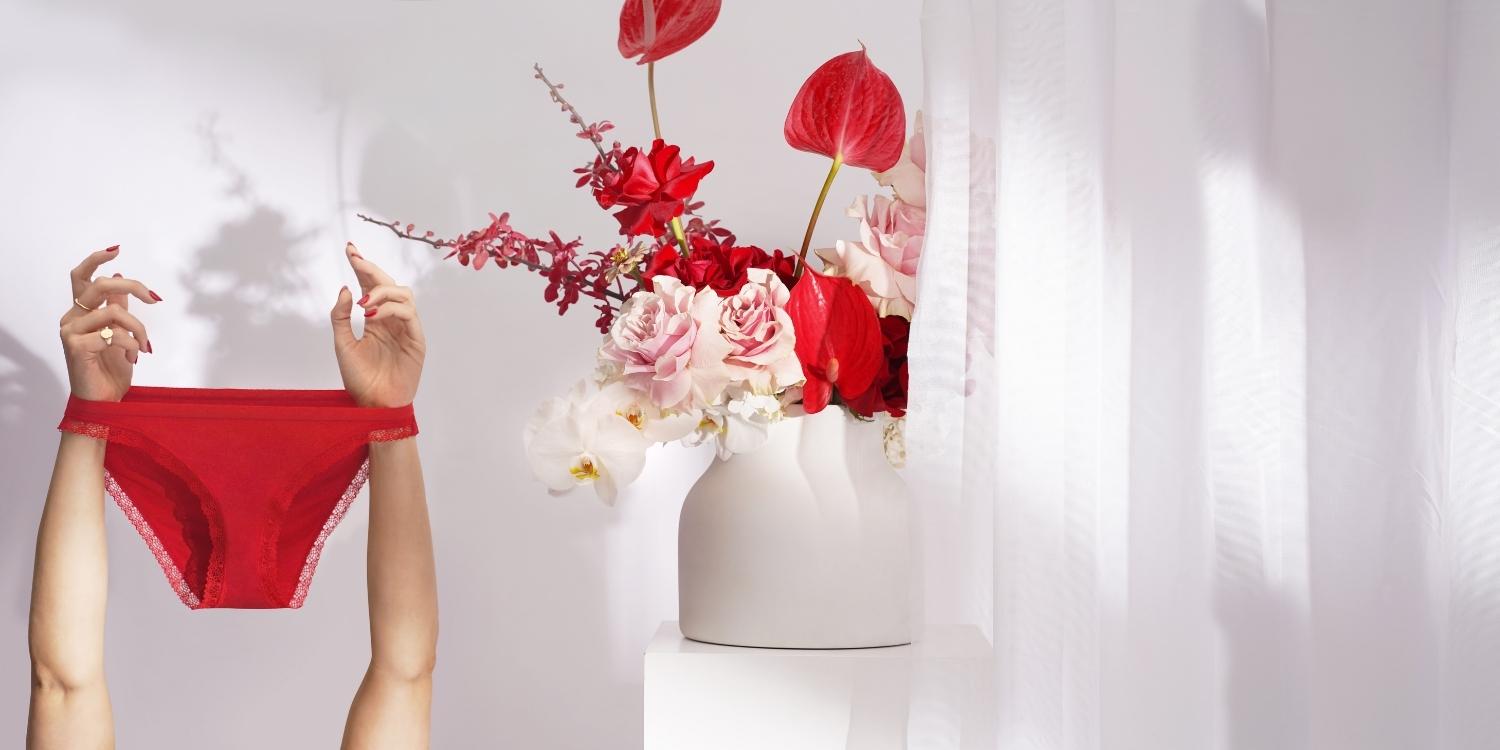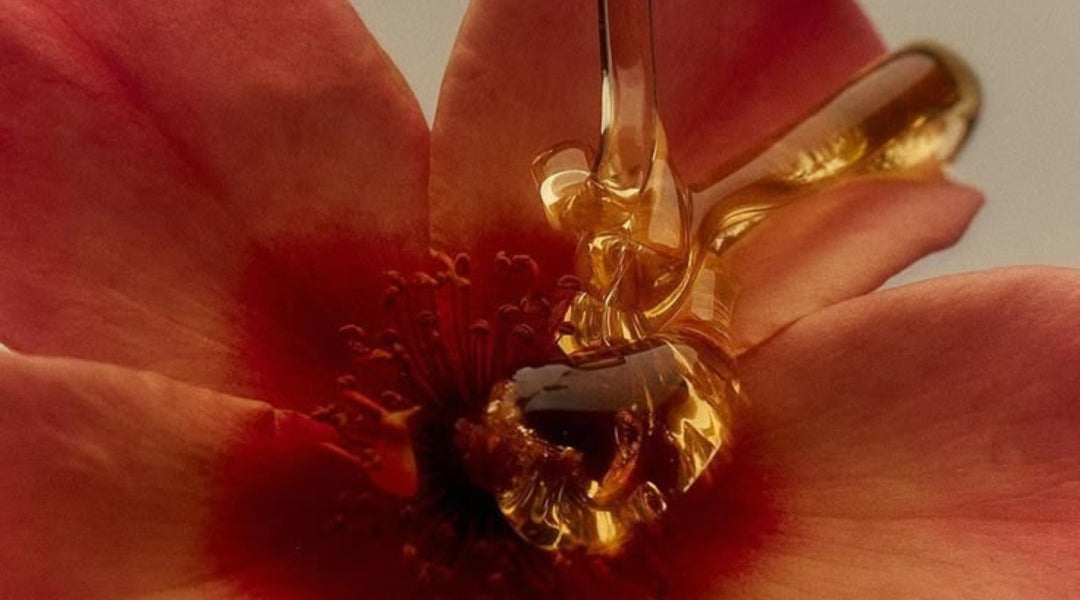Endometriosis: the 7 things you should know

Let's start with what is Endometriosis?
Our mission at Vee is (and always has been) to end the stigma around femme health and the myriad concerns, conditions and chronic illnesses that are adjacent to that. Here, we’re talking loudly and openly about Endo, getting to the marrow of the oft-misunderstood, tough-to-diagnose disease.
Endometriosis develops when tissue that is similar to the lining of the uterus, grows outside of it instead. It then basically runs rampant in other, off-limits parts of the body, and breaks away during your period. This is what can cause severe pain in most women with Endo and is commonly found in areas like the ovaries, fallopian tubes, the vagina, cervix, bowel, bladder, or rectum.
It’s a convo especially close to our Founder Emma’s heart. As a sufferer of Endo herself, Em is fiercely passionate about reducing the shame and taboo around Endometriosis, as well as educating our Vee community as much as she can.
Here we go, girls. Important reading material ahead!
Okay, now here’s 7 things you should (but might not) know about Endo:
It’s far more common than you think.
1 in 9 women experiences endometriosis. Let that statistic sink in. In your circles of work, school, new and long-time girlfriends, it’s likely at least one person you know will be undergoing the debilitating impacts of Endometriosis. This might not seem obvious, as Endo is a quietly-endured disease, with no visible fallibility or physical trace left on the surface.
Endo is a chronic condition, and one of pain.
Endometriosis inflicts pain that can often be all-encompassing, and extremely distressing for a gal’s day-to-day life. Essentially, not a vibe. Its unpredictability and sporadic nature of causing intense abdominal cramping can make it incredibly difficult to enjoy a knockoff drink, a big day at work, a riotous night out or just simply functioning at your optimum.
Diagnosis can be a long and daunting road.
It can take (on average) six-ish years for those living with Endometriosis to be diagnosed, and this was actually the case for our very own Founder. Em was finally diagnosed after her second surgery two years ago. Why, though? Well, Endo’s symptoms are variable and fickle, differing case-by-case and woman-by-woman. The only way to be officially diagnosed is via surgery. The procedure is called a Laparoscopy, performed under a general anaesthetic. A teenie-tiny telescopic tube with a light (a laparoscope) is inserted into the abdomen through small incisions (around 1-4 ish) around the belly button and abdomen.
Symptoms for Endo include things like: pelvis pain, lower-back pain, pain during or after sex, pain when you wee, pain with bowel movements, heavy bleeding during your period (or really whack, irregular bleeding), constipation, bloating nausea and spotting between periods.
Of course, if you’re reading along and identifying with this list, it’s best to consult an expert. We’re not about fear-mongering, and the internet is NEVER the place to self-diagnose — not even here at Vee.
Endometriosis costs women living with Endo on average $30,000 each year.
We often overlook the cost of illness. Any chronic condition that presents itself as a mystery or a suite of confusing symptoms will usually require copious doctor’s appointments, medications and treatment trials. On top of the throes of Endo itself, financial pressures and stresses can feel almost paralysing. We joke about the untenable housing market for this generation, but imagine the strain placed on top of life-living that Endo places on many.
If you want to learn more, we highly recommend a scroll through this survey on the economic impact of Endometriosis (or undiagnosed pelvic pain) for women in Australia.
Sometimes, Endo can impact fertility.
Endo definitely doesn’t always impact fertility, but it can. While endometriosis most often affects the reproductive organs, it can also frequently be found in the bowel and bladder and has been found in muscle, joints, the lungs and the brain. It’s crucial to remember and take solace in the research — while the current evidence suggests that women with endometriosis are more likely to experience fertility problems, not all women with endometriosis will need help to fall pregnant, and only a small number of women will ever require IVF according to Endometriosis Australia. While we’re optimists, it’s definitely one of the most daunting and heartbreaking consequences of Endo.
Endo cannot be prevented.
Unfortunately, there’s no way to control the onset of Endo. You can’t prevent it like wearing SPF to protect your body from skin diseases, or wearing breathable Vee undies to fend off thrush.
And sadly, there’s no cure.
But there are some ways you can manage Endo, depending on your individual experience and body. According to Jean Hailes, Endo can sometimes be met with prescriptions of pain-relief medications (that sometimes aren’t effective), or testing out hormone therapy (like the contraceptives— which might not be a viable option for everyone). Depending on your unique and deeply personal experience with Endo, a specialist gynaecologist will put forward their best-recommended advice and tools for pain management. Your treatment could vary so greatly to the next girl’s, but Endo’s incurability is something we want to hone in on. It’s increasingly important (and personal) to Vee that greater resources and funding should be established to find a cure or a better way of living with Endometriosis.
Here’s how we can help.
For the whole month of March, we’re donating $1 from every order with our limited-edition red-hued Vee underwear to charity Endometriosis Australia whose mission is to increase recognition of endometriosis, provide endometriosis education programs, and help fund endometriosis research.
Vee’s bringing the razzle-dazzle and real-talk to March with brand-new red Bikini and G-string styles, coinciding with Endometriosis Awareness Month. This rollicking shade is not only a bold addition to your dresser drawer, but a meaningful way to break down the stigma surrounding an oft-misunderstood disease affecting 1 in 9 women.
Team Vee implores you to remix your knickers stash, AND move forward a future of better managed, better understood and better supported Endometriosis. Every little bit counts, after all.
Shop our limited edition Red Gstring here.
Shop our limited edition Red Bikini here.
Note: We're not experts. If you have any questions or concerns around Endometriosis, we recommend you consult with a female health specialist.
Information References:
https://www.self.com/story/life-with-endometriosis-facts
https://www.endometriosisaustralia.org/
https://www.webmd.com/women/endometriosis/can-i-prevent-endometriosis




